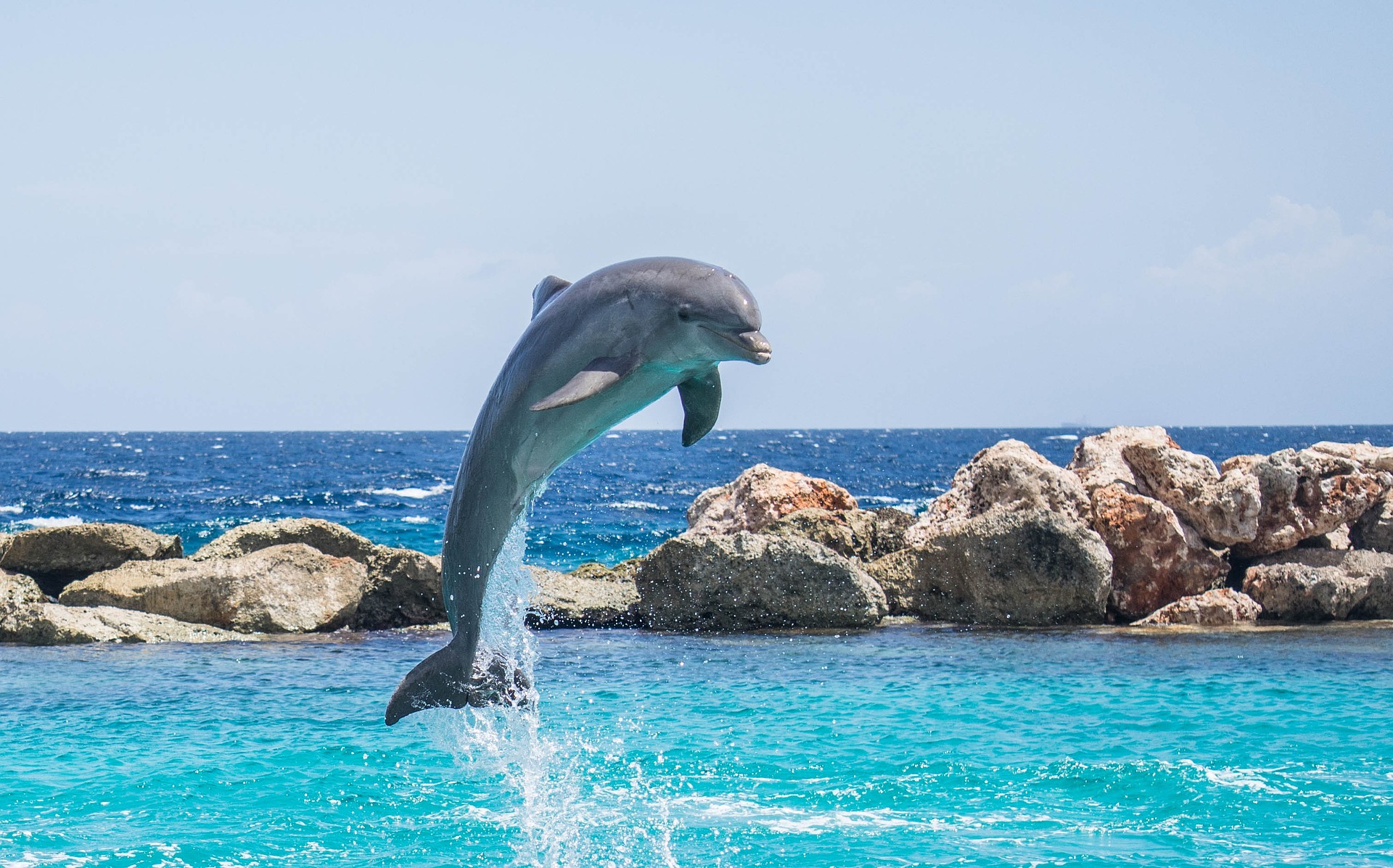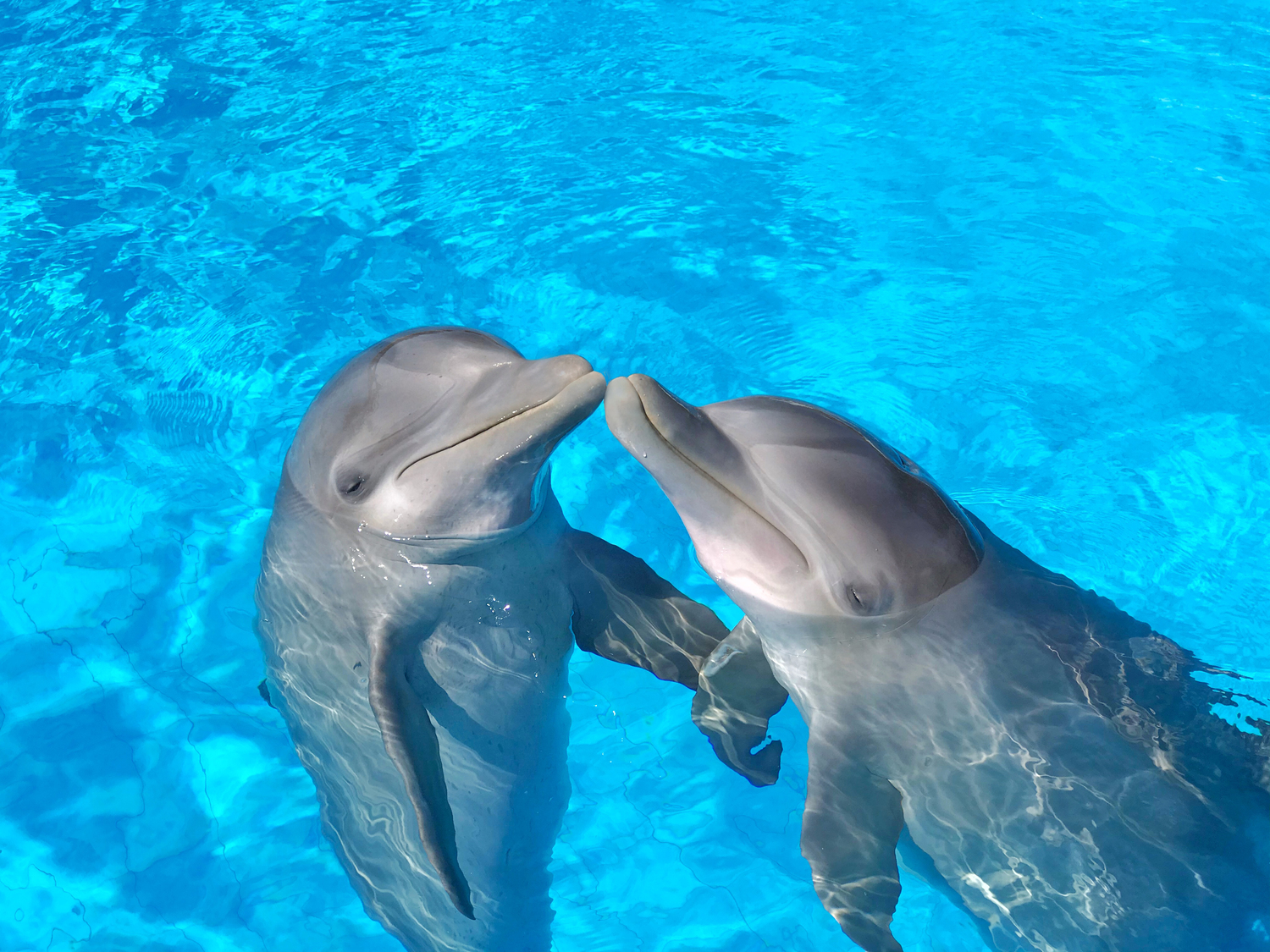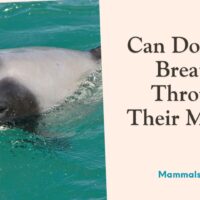Dolphins are fascinating creatures admired for their intelligence and grace. Many people wonder about their lifespan.
Dolphins can live from 20 to 60 years, depending on the species and environment. Their longevity often surprises those who associate marine life with shorter life cycles. Understanding the lifespan of dolphins offers insight into marine biology and the health of our oceans.
Various factors influence how long these marine mammals thrive. These include diet, habitat, human activity, and social structure. Dolphins in the wild face threats from predators and environmental challenges, while those in captivity have different stressors and care. This post will explore the life of dolphins, shedding light on what affects their survival. Our journey through the life stages of dolphins reveals not just numbers, but the story of a species deeply connected to the health of our planet. Join us as we dive into the world of dolphins and discover the secrets behind their impressive longevity.
Credit: www.quora.com
The Lifespan Of Dolphins: An Introduction
Dolphins are smart sea creatures. Their lives can stretch for years. Many things affect how long they swim in our oceans. Good water and plenty of food help them live longer. Being safe from hunters is also key.
Some dolphins live just as long as humans! But not all. Like us, they face health issues. These can shorten their swim in life. They need a safe place to call home.
| Dolphin Type | Average Lifespan |
|---|---|
| Bottlenose | 40-50 years |
| Orca | Up to 90 years |
| Common | 25-30 years |
Let’s look at their ocean friends. Seals and sea lions often live 20 to 30 years. Big whales can hit 200! Dolphins are somewhere in between. They share the sea with many, but each has its own time.
Diving Deeper: The Science Behind Dolphin Aging
Dolphins have a unique set of genes that help them live long. These genes protect their bodies from getting old fast. Scientists study these genes to learn more about aging. Dolphins can live for many years. But, their lifespan changes with different things around them.
Their environment plays a big part. Clean water and plenty of food help them stay healthy. Dolphins are smart. They live in groups called pods. These pods can help dolphins live better and longer. Friends and family in the pod make life good for them.
Let’s look at a table that shows how these factors matter:
| Factor | Impact on Lifespan |
|---|---|
| Genetics | Can lead to longer life |
| Environment | Clean water, more food means better health |
| Social Structure | Pod life can be good for health |
Record Holders: The Oldest Dolphins In Captivity And The Wild
Tracking wild dolphin lifespans poses many challenges. Scientists work hard to learn how long they can live. Dolphins in the wild face many dangers. These include sharks and pollution. These dangers make it hard to know their true age.
Some dolphins, though, live much longer than we expect. They become record holders. We have stories of dolphins living over 50 years. Both in the wild and in places where humans care for them. These dolphins show us what is possible.
Learning about these dolphins helps us a lot. It shows us how to better care for them. It also helps us understand the ocean better. Each dolphin’s story is a piece of a bigger puzzle.

Credit: 2seewhales.com
Conservation Efforts To Support Dolphin Longevity
Many things we do harm dolphins. Our boats can hit them. Water pollution is bad for their health. Fishing nets can trap and hurt them. We must work hard to keep their home in the ocean safe.
There are ways to help dolphins. Laws can keep their water clean. Safe areas in the ocean are good for them. Telling people about dolphin life helps too. We all can do something to protect these smart sea friends.

Credit: blog.dolphindiscovery.com
Conclusion
Dolphins grace our oceans with intelligence and charm. Their lifespan varies, with some living up to 50 years. Good care in the wild helps them thrive longer. Remember, a clean ocean is key to their survival. Let’s protect their home and cherish every dolphin’s life.
Together, we can ensure these amazing creatures dazzle our seas for years to come. Let’s act now for their future.








